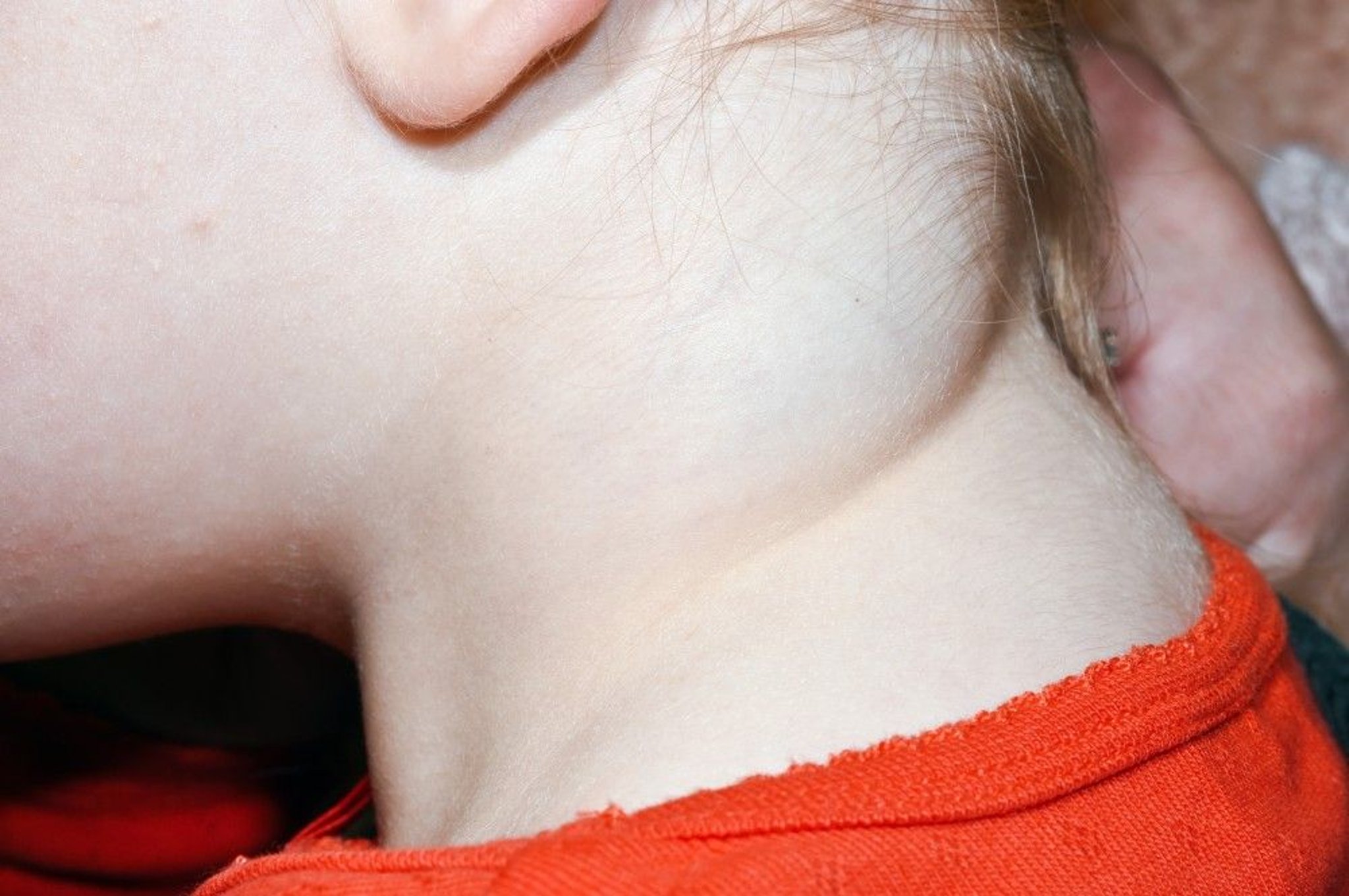Topic Resources
(See also Overview of Skin Growths and Overview of Growths and Malformations of the Vessels.)
Lymphangiomas are uncommon but usually appear between birth and age 2. They may be tiny bumps or large, deforming growths. They occur mostly in the head and neck but also in the armpit and mediastinum (space in the chest that holds the heart and other organs).
DR P. MARAZZI/SCIENCE PHOTO LIBRARY
Lymphangiomas do not itch or hurt and are not a form of cancer. Most lymphangiomas are yellowish tan, but a few are reddish or purple. When injured or punctured, they release a colorless or blood-tinged fluid.
Doctors base the diagnosis of lymphangiomas on an examination and the results of magnetic resonance imaging (MRI).
Treatment of lymphangiomas is not usually needed, but sometimes, if a lymphangioma is large and symptoms are bothersome, doctors perform sclerotherapy (a procedure usually used to treat varicose and spider veins where a solution is injected into the affected veins). Removal with surgery is usually not successful because lymphangiomas grow deep and wide beneath the surface and tend to grow back.



